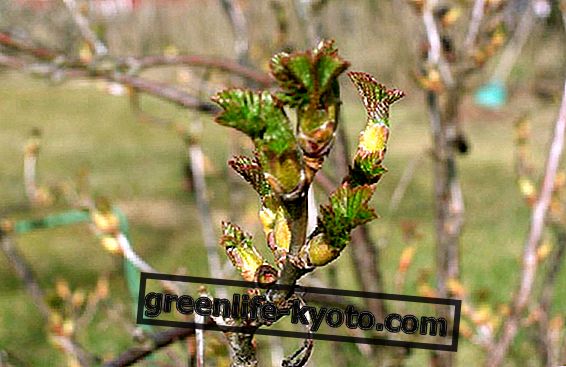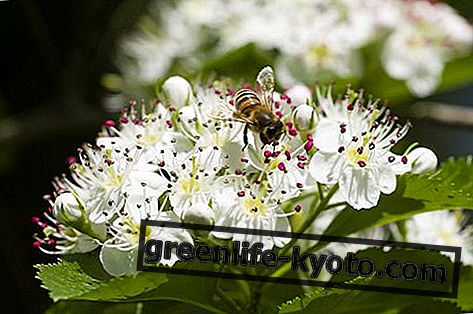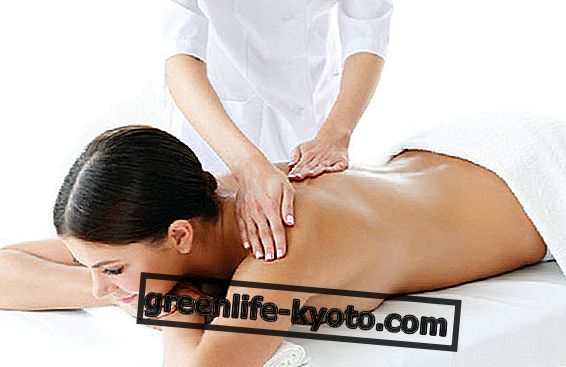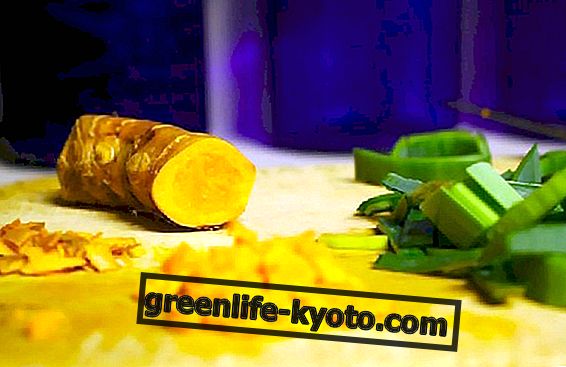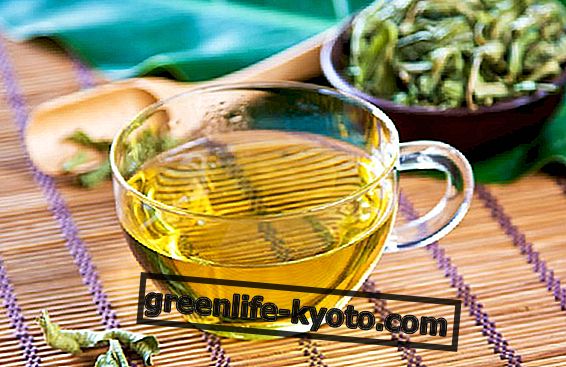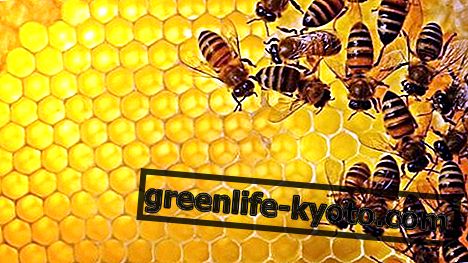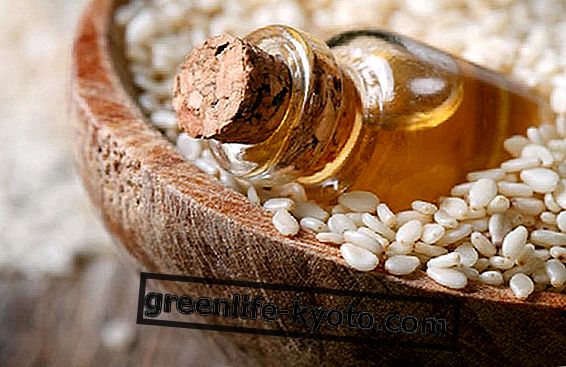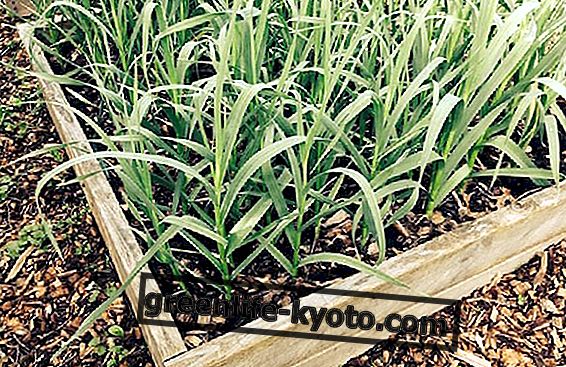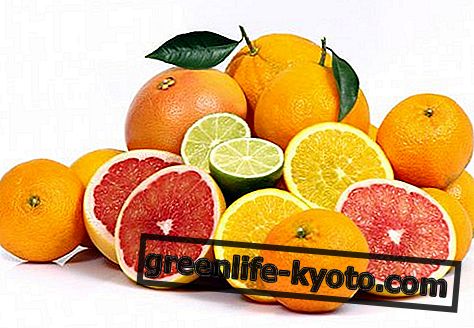
For millennia, man has been allied with plants and the precious health properties they contain.
Since the birth of the first organized groups, the man felt the need to assign tasks and roles to some members in charge of the discipline, education and healing of illnesses.
The figure of the Apothecary dates back to the Middle Ages. Thanks to flowers, roots, leaves and barks, it gave birth to potions, poultices, medicated ointments, pills, poultices and herbal teas.
It is towards the end of the nineteenth century that awareness began to spread that the Apothecaries should have a complete chemistry education in order to distinguish themselves from the grocers. This is how the first pharmacy schools were born, but the raw materials used continued to be of a vegetable nature.
For several years the usefulness of these natural remedies and all the benefits produced by the "Green Medicine" has been rediscovered.
The return to natural well-being, fortunately, does not represent a fad but an awareness above all because of the numerous sciences that have returned to using the plants for the treatment, exclusive or combined with drug therapy, of diseases, starting from herbal medicine, science of ancient origins that study plant remedies, up to phytotherapy, which studies the active principles of plants and their therapeutic use.
Natural therapies can be a slower tool to cure and often disappoint by generating skepticism. In reality, animals have always drawn from the vegetable world to stay healthy and are, unquestionably, the only living beings with an infallible instinct.
All this to say that, given the theoretically slower times, even if not necessarily such, and a component of subjectivity, which establishes the personal reaction to phytotherapeutic therapy, the beneficial effects of the plants often lead to healing or represent, however, a lever important in synergy with traditional medicine.
In this sense, it is good to specify that the active ingredients isolated from plants and chemically synthesized, very often do not have the same curative efficacy as the whole plant. Recent research shows that herbalists have always maintained: in plants there is a whole series of secondary substances which, in synergy with the active principle, amplify the therapeutic effect, making it balanced and consequently effective.
Moringa oleifera, a wellness with ancient origins
An example of undisputed value is the Moringa oleifera, a plant that grows in the equatorial belt of the planet and boasts over 92 nutrients with multiple properties: it provides proteins, vitamins, amino acids, omega 3.6.9 and mineral salts; counteracts thyroid disorders, inflammation, infections, headache, diabetes, constipation, anemia, arthritis and high blood pressure; besides being a hormonal regulator, multivitamin and energizing, with a strong immunomodulatory power.
Its history goes back to the ancient Egyptians who used Moringa both as a precious nutrient food and as a beauty oil for the queens of the Nile. Over 400 popular names and 300 healing applications have spanned the centuries to make Moringa, today, the most nutritious plant on Earth.
The Moringa oleifera today: to buy it consciously.
Today, it is possible to find Moringa oleifera in various formats ( powder-capsules-liquids ) but the most important aspects to consider when deciding to buy it are the origin of the raw material and the processing techniques.
Origin of the plant
As already mentioned, Moringa grows well and thrives throughout the equatorial belt of the planet but, like all plant species, absorbs everything it needs to grow and prosper from the soil.
Particular attention must therefore be paid to the purchase of products made with 100% organic raw material grown in healthy soils, in total absence of use of chemical pesticides and synthetic fertilizers. Furthermore, all the environmental conditions caused by human intervention must be taken into consideration.
For example, buying a Moringa produced on the Indian peninsula means running the risk of ingesting a plant that could potentially come into contact with local pollutants . We must not forget that the Cange, a river of the Indian subcontinent that crosses the plains of northern India and Bangladesh, begins to receive the first polluted waters ( Schistosoma mansoni and faecal coliforms ) shortly after the spring and drink its waters or dive into them carries a very high risk of infection.
It is easy to imagine what causes a raw material that absorbs these pollutants . Moreover, neighboring Japan, due to the nuclear attacks suffered during the Second World War, affects the productions of the Philippines but also of India itself.
About seventy years after the end of the war, genetic mutations continue to occur on the unborn just because of nuclear radiation. In contrast, productions made in Africa do not suffer damage from pollution but suffer drought .
Moringa is a very intelligent plant that adapts to the climatic situation and can withstand even very high temperatures and low water doses. The lack of water, however, induces it to release a quantity of lower active principles since, in a balance that must necessarily restore itself, it is forced to use a large part of the nourishment to keep itself alive.
This suggests that the high quality Moringa oleifera , rich in active ingredients and free of toxic substances is that of the Caribbean as it grows with the right dosages of sun and water, in natural crops and, above all, in total absence of pollution.
Raw material in purity and extract
Another element of fundamental selection is the processing technique that is adopted in the realization of the products currently available on the market.
Among the outstanding properties of Moringa, particular emphasis is placed on the protein intake that the plant offers us ( 9.4g per 100g of leaves ), an almost unique characteristic in the plant world. Subjecting the plant to invasive extraction processes means losing all the proteins, amino acids and all the thermosensitive properties.
In the case of Moringa, it is good to prefer the use of the raw material in purity which, although dried, keeps all the properties of the plant unchanged. Obviously, not all extraction techniques generate this type of consequences, in fact, if you want to respect the plant's phytocomplex and produce a quality product, you can resort to nebulization or cryo-drying which allow a low temperature extraction and therefore conservation. of all the elements particularly thermolabile or easily degradable.
As regards the production of liquid products based on Moringa, the solution to be preferred is the hydroalcoholic extract which allows to extract almost all of the phytocomplex from the starting plant drug.
Paraphrasing Jean Brunhes: eating means incorporating a territory.
